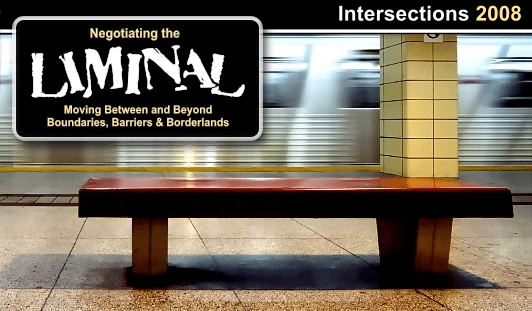A WALK ABOUT THE CITY: STALKER, THE TRANSURBANCE AND THE CITY MAP
DOI:
https://doi.org/10.25071/1718-4657.36740Abstract
In the spring of 2007, I joined a group of urban activists called Stalker on a walk along the Tiber River in Italy. The walk, conducted over 12 weeks, began in the ancient port city of Ostia, where the mouth of the Tiber meets the Tyrrhenian Sea, continued north-east through the centre of Rome, and ended at the far edge of Rome’s greater metropolitan region. Stalker’s Tiber walk was a so-called "transurbance," a mode of critical walking created by the collective. Transurbances are walks in the leftover spaces in and around the contemporary metropolis, which Stalker calls "actual territories." In the transurbance, walking is both a mode of expression and a useful instrument for learning about the ongoing social and morphological transformations in cities. Stalker’s transurbance of the Tiber was more specifically a means of engaging the individuals and communities living illegally along the riverbanks, and then conveying aspects of their living conditions to the public. Stalker was accompanied by architecture students whose aim was to produce an atlas of the riverbanks, describing the spaces and qualities of this urban environment that are typically excluded from city maps. In this context the transurbance is a kind of oppositional map, where the map is understood in two senses: as a process of investigating a territory ("mapping" as a verb) and a means of representation (a "map" as noun).Published
2008-03-16
How to Cite
Wiley, D. (2008). A WALK ABOUT THE CITY: STALKER, THE TRANSURBANCE AND THE CITY MAP. ETopia. https://doi.org/10.25071/1718-4657.36740

